Making an attempt to entice butterflies and add daring, fiery blooms to your yard? Tithonia, moreover often known as Mexican sunflower, is a drought-tolerant, heat-loving annual plant native to Mexico and Central America. It’s good for respectable, dry areas—merely the sort of plant I really like! Nonetheless there’s way more to like about Mexican sunflower. Its shiny orange to pink blooms are an exact showstopper, lasting till the primary frost and drawing in pollinators like bees, butterflies, and hummingbirds all season.
Article Define:
Meet Tithonia: The Warmth-Loving Mexican Sunflower
Tithonia isn’t merely lovely—it’s furthermore good. The plant’s deep taproots assist enhance soil growth and drainage, making it an excellent completely different for gardeners in troublesome climates. Whereas it’s a perennial in tropical or subtropical areas like Mexico and Central America, in most areas, it’s grown as an annual on account of its sensitivity to frost.
Likelihood is you will select from varied varieties, together with the favored ‘Torch’ in yellow and orange or the dwarf ‘Photograph voltaic Pageant,’ which grows solely 2 to a couple ft (60 to 90 cm) tall and works efficiently in containers.
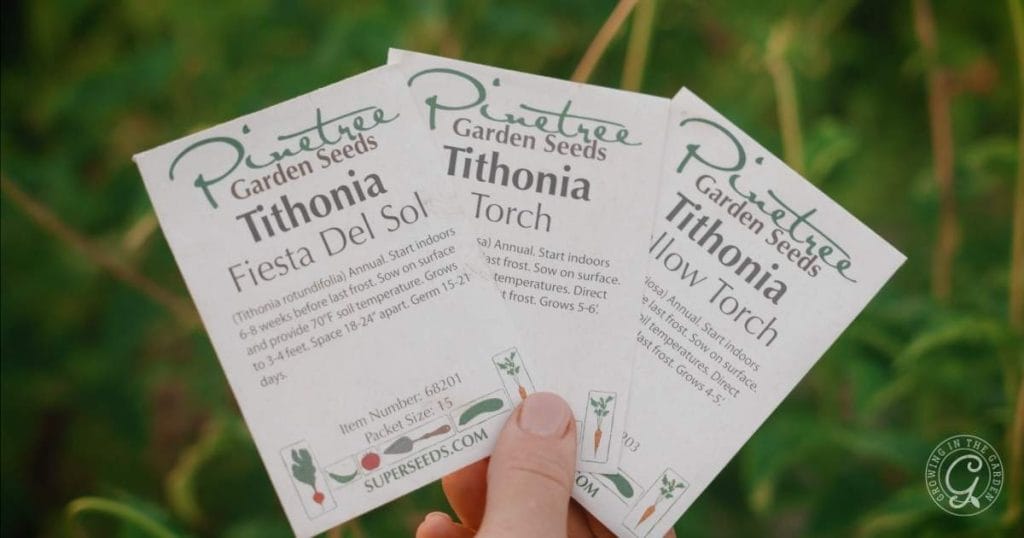

5 Ideas for Rising Mexican Sunflowers (Tithonia)
1. Plant Tithonia on the Right Time
Tithonia is a frost-tender annual that grows greatest from seed. Not like its cousin, the sunflower, which merely germinates from seeds sown exterior, tithonia seeds want light to germinate and may take 2 to a couple weeks to sprout. Begin seeds indoors 6 to eight weeks earlier than the final word frost date for the right outcomes. Floor sow the seeds, cowl them with vermiculite, and use a humidity dome to cope with moisture.
In heat climates, plant tithonia seeds immediately all through the yard as rapidly as a result of the soil warms to about 60°F (16°C). All through the low desert of Arizona, begin seeds indoors from December by means of March and transplant them exterior from February by means of early Might. Tithonia usually begins blooming spherical July, with blooms normally lasting by means of early December.
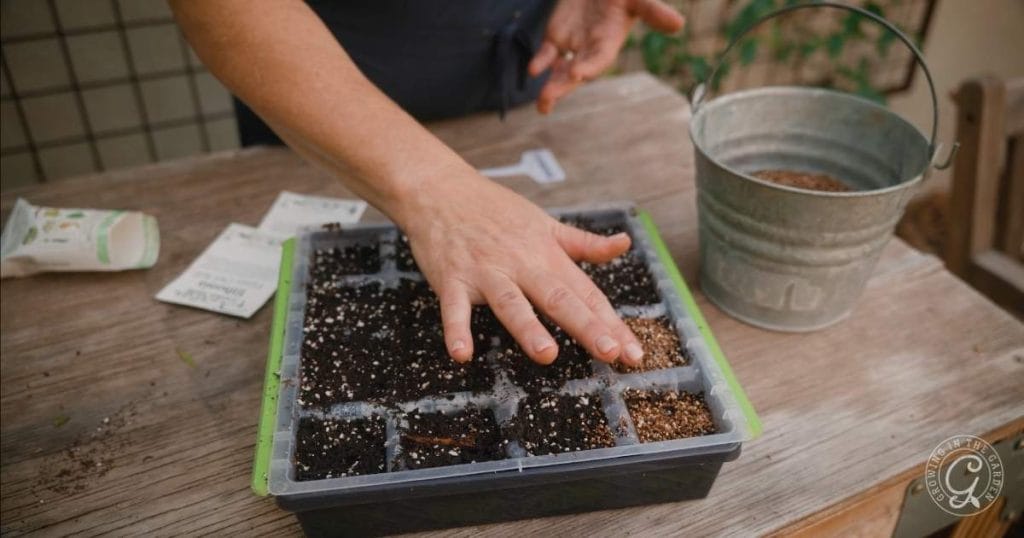

2. Select the Great Location for Mexican Sunflowers
Tithonia thrives in full photograph voltaic, needing 6 to eight hours of direct daylight on every day foundation. It’s significantly well-suited to scorching spots like Arizona, the place it might correctly handle even the acute summer season season photograph voltaic. The plant prefers well-draining soil and may tolerate poor soil situations, although avoiding heavy clay and overly wealthy soils is greatest. Compost is useful, nonetheless watch out to not over-fertilize, as you need the plant to current consideration to blooming, not merely rising leaves.
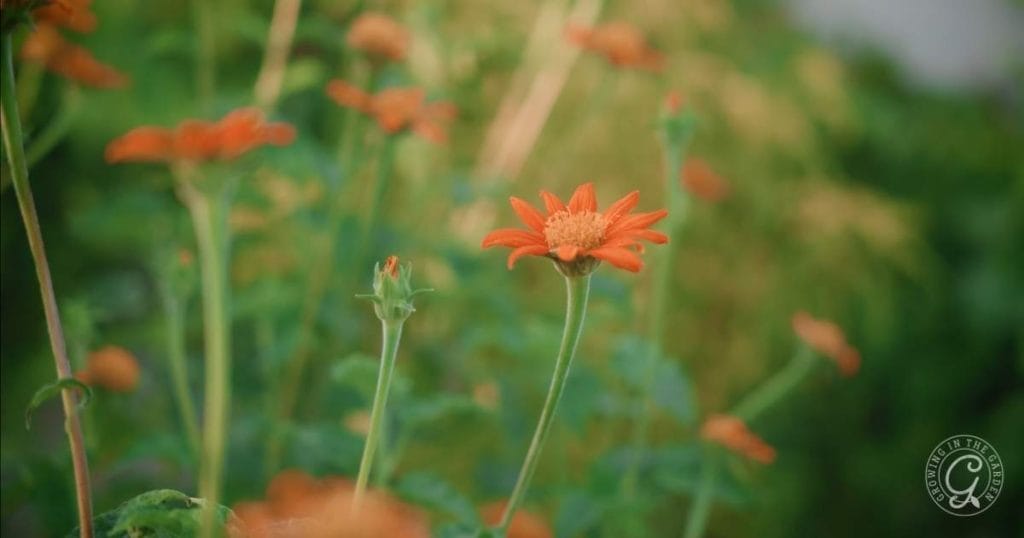

3. Give Tithonia Crops Room to Develop
Mexican sunflowers are massive crops, normally rising 6 to eight ft (1.8 to 2.4 meters) tall and as loads as 4 ft (1.2 meters) massive. These crops are good for along with excessive and privateness to your yard, they typically look pretty behind a border, paired with fully completely different sun-loving crops like zinnias, marigolds, sunflowers, and basil. This mix is bound to draw an excessive amount of pollinators!
House tithonia crops 18 to 24 inches (45 to 60 cm) aside for optimum enchancment.
Pinching the middle stem when the plant is a variety of foot tall will encourage a bushier, sturdier plant, doubtlessly decreasing the necessity for staking.
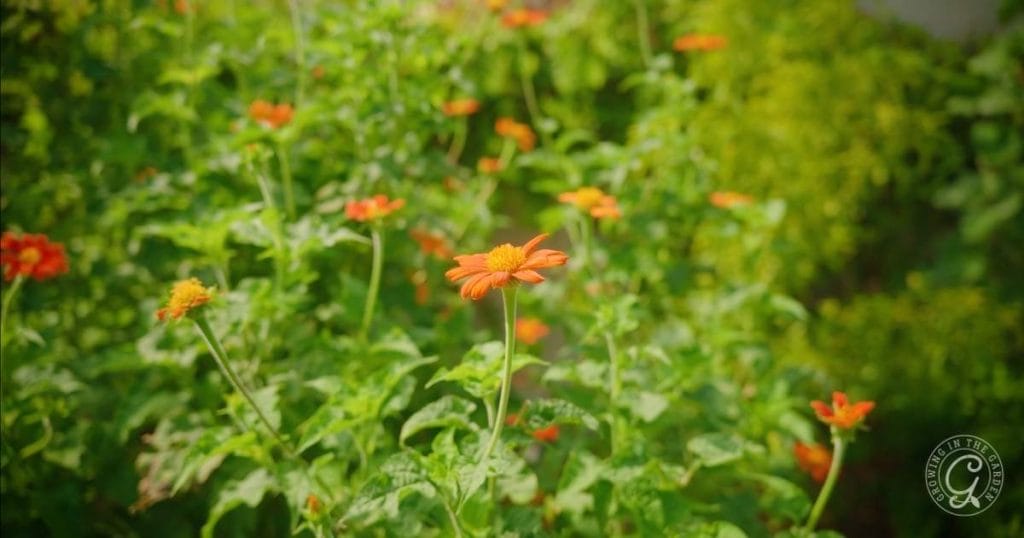

4. Deal with Mexican Sunflowers Appropriately as They Develop
Tithonia is normally easy to develop and is proof in direction of most pests and sicknesses.
- Watering: Water typically till the crops are established, then water deeply and let the easiest inch (2.5 cm) of soil dry out earlier than watering as quickly as further. Mulch spherical your crops to assist retain moisture. As rapidly as established, tithonia is comparatively drought-tolerant.
- Assist: On account of the crops develop tall, notably in windy areas, it’s an outstanding suggestion to provide assist by staking them.
- Pests and Sicknesses: Tithonia is normally pest-resistant, nonetheless be careful for aphids and spider mites. Useful bugs normally preserve aphids in examine, nevertheless when spider mites seem, take away affected leaves and spray the crops with water. See additional remedy strategies on this weblog publish. To stop powdery mildew, guarantee proper spacing between crops and take away any contaminated leaves.
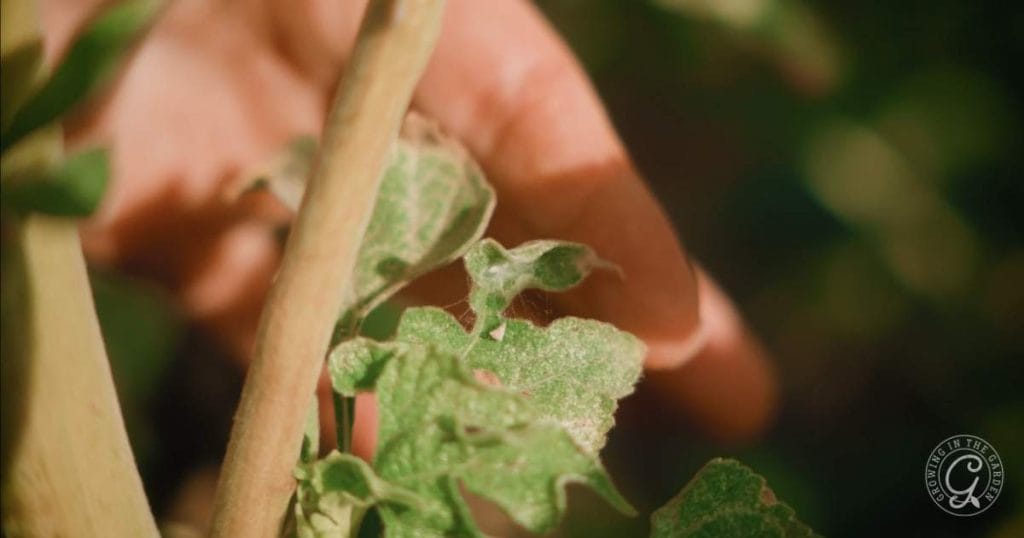

5. Revenue from the Blooms and Harvest the Advantages
Tithonia blooms are usually 2 to a couple inches (5 to eight cm) massive, with colours starting from yellow to orange and even just about pink, relying on the variability. These vibrant blooms, together with the nectar and seeds, entice each sort of wildlife, together with butterflies, bees, and hummingbirds.
- Reduce Flowers: Whereas tithonia is solely not usually utilized in preparations on account of its fragile stems, it makes a placing reduce flower. Harvest the flowers all through the morning as quickly as they’re fully open. Address the outlet stems gently to avoid crushing them. If dealt with fastidiously, tithonia flowers can closing a variety of week in a vase. Place the reduce stems in deep, heat water for varied hours earlier than arranging for the right outcomes.
- Seed Saving: On the tip of the season, enable varied of a really highly effective blooms to stay on the plant and develop seeds. As rapidly as fully dry, snip them off and retailer the seeds in a paper sack. The seeds must be plump and well-formed, prepared for planting subsequent yr.
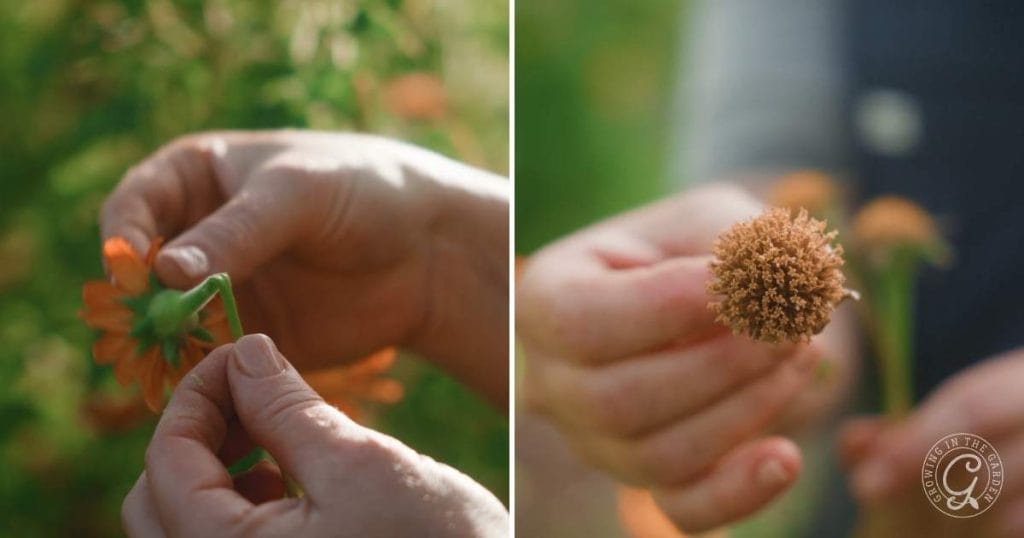

Finish of Season: Utilizing Tithonia as a Cowl Crop
When the rising season ends, tithonia crops are an excellent completely different for chop-and-drop mulch, serving to to complement the soil for the subsequent rising season. Likelihood is you will depart the crops in place to draw birds to the seed heads or chop up the plant matter and depart it on the soil as a pure cowl crop. Ensure you inside the low cost of the crops earlier than the stems flip into woody or begin producing seeds.
Inside the event you should not use them as a canopy crop, chop them up and add them to your compost; they’ll decompose shortly and assist warmth up the compost.
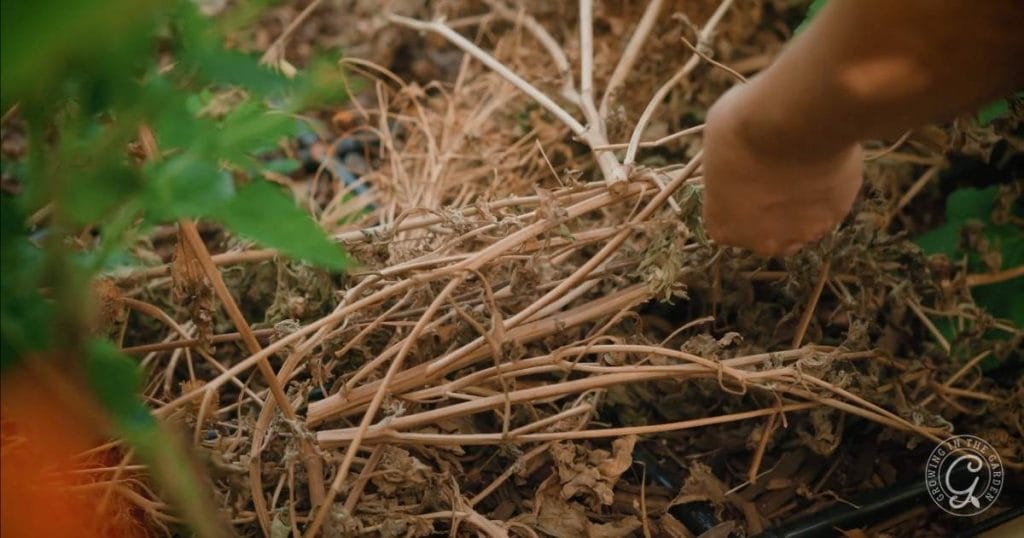

And that’s it! Your full knowledge to rising lovely Tithonia. If in case you can have any questions or suggestions, be joyful to depart a remark beneath. Comfortable gardening!
